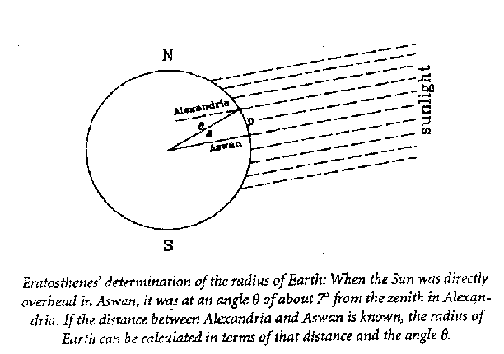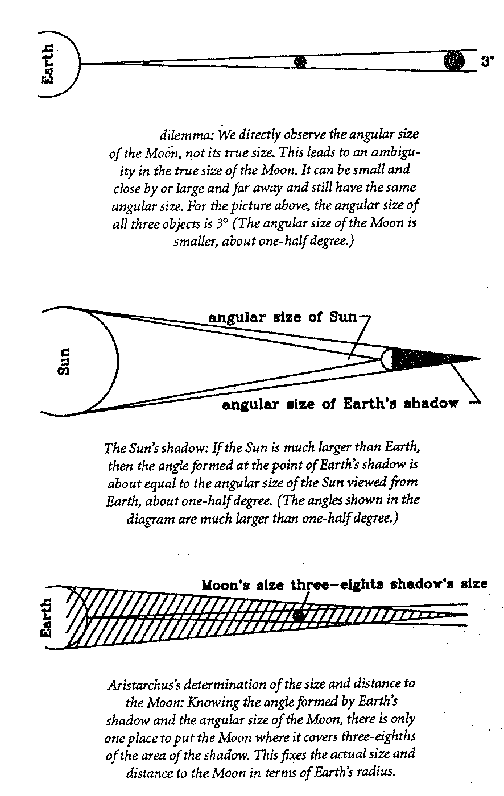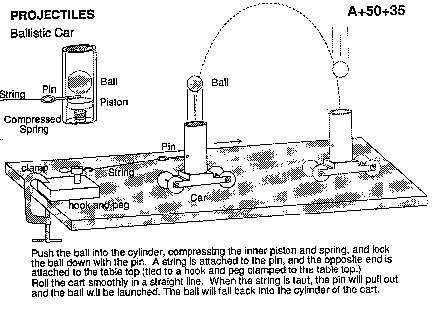Physics 10 Lecture 2
Professor Smoot's Class
While there was some development of physics and astronomy in ancient
Sumeria and Babalonia most scholars trace the beginnings of science to
the Greeks.
The beginning of a long march toward more naturalistic science with
an increasingly skeptical rationalism away from belief in the supernatural
towards the natural.
A Brief Historical Time-Line
~2000 BC Migration of Greek-speaking Indo-Europeans into Aegean region.
The exploration of new lands and the development of sailing
spurs the development of astronomical observations and mathematical interpretation.
1800 BC Early Mesopotanian
astronomical observations recorded
1700-1450 BC Minoan Civilization on Crete
Atlantis legend as volcano wipes out much of Greek civilization
1400 BC Mycenean
Civilization arises
1200 BC Trojan
War with Mycenaean Greeks
1100 BC Dorian
ascendency
900-700 BC Homer's Iliad & Odyssey
776 BC
First Pan-Hellenic Olympic Games
600 BC
Thales of Miletus - birth of philosophy, first to predict a solar eclipse
580 BC
Sappho - flowering of Greek poetry
570 BC
Anaximander - develops a systematic cosmology
545 BC
Anaximeres - posits transmutation of underlying substance
525 BC
Pythagoras - begins development of his school
520 BC
Xenophanses - concept of human progress, philosophical monothesism
506 BC
Democratic reforms in Athens
Great rise of culture in Athens - Age of Pericles
450 BC
Emergence of Sophists
431-404 BC Peloponnesian Wars
430 BC
Democratis - atomism
404 BC
Athens defeated by Sparta
399 BC
Trial of Socrates
387 BC
Plato founds Academy in Athens
367 BC
Aristotle begins 20 years of study at Plato's academy
368 BC
Aristotle tutors Alexander of Macedonia
Aristotle founds Lyceum in Athens
295 BC
Euclid's Elements
270 BC
Aristarchus proposes heliocentric theory
240 BC
Archimedes; develops classical mechanics and mathematics
146 BC
Greece conquered by Rome
Beginning the 6th century BC Thales, his successor, Anaximander, and
Anaximeres began the process with systems and classification of nature.
Myths are replaced by development of a rational world order with underlying
principles.
Parmenides - development of language and logic
Leucippus and Democritus put forth atomism - unchanging elements ceaselessly
moving in the void (vacuum) at random.
Entirely material possessing neither divine order or
purpose.
Pythagoras founds a school propounding the concept of numbers describing
nature. Eventually, forced to exile in Italy.
Anaxagroras declared the Sun was not the god Helios but an incandescent
stone larger than the Peloponnese and that the moon was composed of stone
and received its light from the Sun.
All of these contribute to the march toward more naturalistic science
away from the supernatural towards the rational.
A very major step/plateau was provided by Aristotle who wrote a series
of books on all subjects.
He summarized the knowledge and theories of his predecessors presenting
them in the best way and either accepted them
or argued against them and presented his replacement theories.
One of his books was in Latin entitled "Physics et Caelum", literally
Physics and the Sky but a more modern title would be Physics and Astronomy
as some of the effects he considered meteorology we know consider astronomy.
-
Counter arguments to predecessors models, particularly the atomists but
many others
-
four plus one elements - fire, air, earth, water - and the fifth element,
the quintesscense, perfect crystalline material
-
moment - circular motion in the heaven, straight motion on the earth. Motion
in the heavens is continuous but on the Earth nothing moved without being
pushed.
-
This leads to the idea that the circular motion of the stars is because
they are on a large sphere which rotates once per 24 hours. And the
planets and the moon are each on different nested spheres, eventually 8
nested spheres.
-
With centuries of astronomical observations in hand, Aristotle posed the
problem of the planets - saving the phenomena as key to astronomy. The
idea was to find a simple way to describe the motion of the planets (and
stars) that could be used instead of long tables of observations. His predecessors,
e.g. Thales of Miletus - birth of philosophy, first to predict a solar
eclipse, clearly understood that the motion was regular and that the motion
was nearly circular.
-
The end result for centuries was what we call the Ptolemaic model after
Ptolemy who added epicycles. That is because the Greeks believed that the
motion must be circular but the motions were not actually circular. By
adding smaller spheres to the bigger spheres, one can approximate the observations
more accurately - more epicycles makes for more accuracy.

How the Greeks put numbers to their cosmology
I think that many of you saw the lunar eclipse last night. The Greeks had
observed many and noticed that the Earth's shadow was always round. The
only object that always casts a round shadow is a sphere. Thus the Greeks
realized that the Earth was spherical.
 Eratosthenes' determination of the radius of the Earth.
The cities were separated by about 500 miles and thus he could
determine the earth had a radius of about 3,750 miles
while today we estimate the mean radius of the Earth as 3,960 miles.
Eratosthenes' determination of the radius of the Earth.
The cities were separated by about 500 miles and thus he could
determine the earth had a radius of about 3,750 miles
while today we estimate the mean radius of the Earth as 3,960 miles.
 Aristarchus estimated the size of the moon to be about one quarter
the size of the Earth or 940 miles in radius whereas the modern
estimate is 1,080 miles.
He also was able to determine the distance to the moon
which he found to be 225,000 miles compared to the modern value
of about 239,000 miles.
Aristarchus estimated the size of the moon to be about one quarter
the size of the Earth or 940 miles in radius whereas the modern
estimate is 1,080 miles.
He also was able to determine the distance to the moon
which he found to be 225,000 miles compared to the modern value
of about 239,000 miles.
Galileo and Galilean Relativity
Science should be based upon observations and experiments
Motion is relative. Rest is no different than any other uniform motion.
Demonstration - independence of motion in orthogonal
directions

The independence of motion in orthogonal directions. Car on horizontal
track which shoots ball vertically. Ball comes back down into cart as long
as it is in uniform motion.
Demonstration - Hunter and Monkey

Demonstrates that the rate of change of motion is independent of velocity.
The projectile and the monkey drop down the same amount in the same time.


 Eratosthenes' determination of the radius of the Earth.
The cities were separated by about 500 miles and thus he could
determine the earth had a radius of about 3,750 miles
while today we estimate the mean radius of the Earth as 3,960 miles.
Eratosthenes' determination of the radius of the Earth.
The cities were separated by about 500 miles and thus he could
determine the earth had a radius of about 3,750 miles
while today we estimate the mean radius of the Earth as 3,960 miles.
 Aristarchus estimated the size of the moon to be about one quarter
the size of the Earth or 940 miles in radius whereas the modern
estimate is 1,080 miles.
He also was able to determine the distance to the moon
which he found to be 225,000 miles compared to the modern value
of about 239,000 miles.
Aristarchus estimated the size of the moon to be about one quarter
the size of the Earth or 940 miles in radius whereas the modern
estimate is 1,080 miles.
He also was able to determine the distance to the moon
which he found to be 225,000 miles compared to the modern value
of about 239,000 miles.

